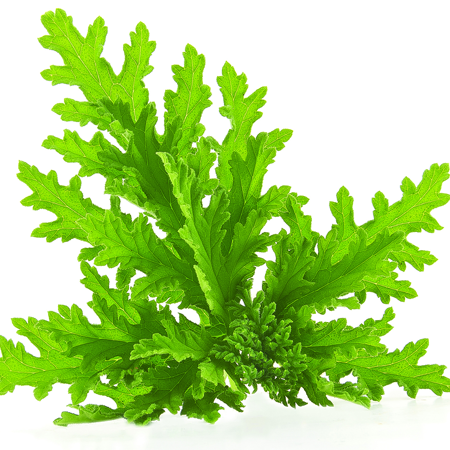

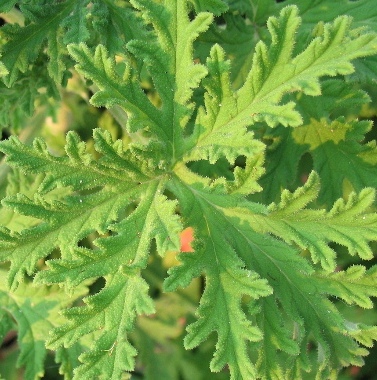
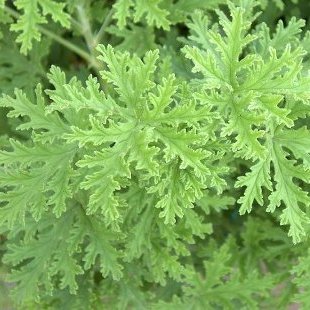
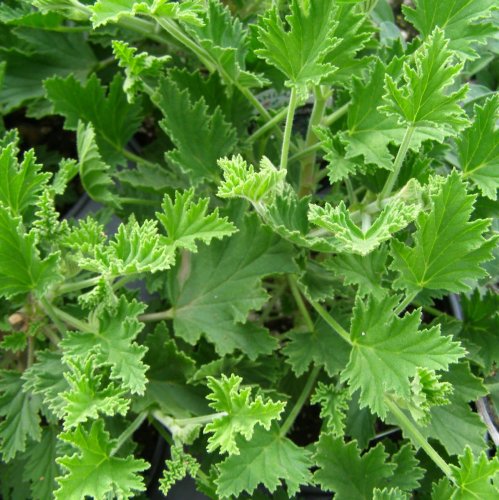
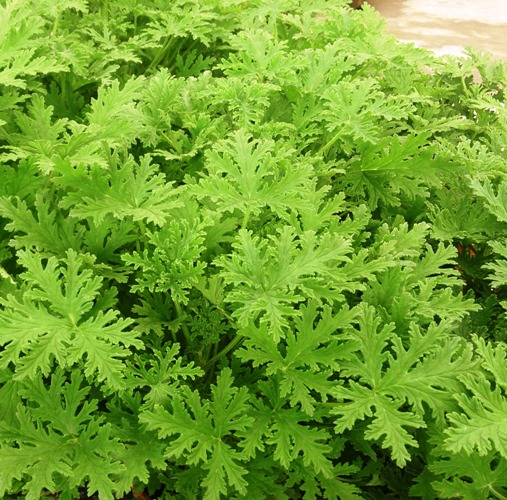
Botanical name Cymbopogon nardus
Family Poaceae
Source Leaves
Origin Sri Lanka
Processing Method Steam Distillation
Color/Consistency A clear light yellow to brownish liquid.
Aromatic Summary / Note / Strength of Aroma A top note of medium aroma, Citronella has a well-rounded lemony scent, though it is much softer and has subtle wood tones.
Blends With Bergamot, Orange, Cedarwood, Geranium, Lemon, Lavender and Pine.
Product Abstract
Gardening centers usually sell citronella as small plants in pots, ready to transplant to a larger pot or into raised garden beds on the ground. Once established, new plants can be propagated in early spring by splitting large clumps into smaller sections and replanting the new ‘starts’ in pots or other areas of the garden. Citronella plants are considered low maintenance, like most grasses, and they do best in full sun and well-drained locations. Periodic applications of nitrogen-rich fertilizers will ensure vigorous growth, but this treatment only needs to be applied once a year, preferably in early spring.
History
Citronella oil is one of the essential oils obtained from the leaves and stems of different species of Cymbopogon. The oil is used extensively as a source of perfumery chemicals such as citronellal, and geraniol. These chemicals find extensive use in soap, candles and incense, perfumery, cosmetic, and flavouring industries throughout the world. Citronella oil is also a plant-based insect repellent and has been registered for this use in the United States since 1948.
Harvesting/Extraction Information
Citronella grass cultivation is commercially done for its aromatic oil. Oil contains Citral which has odour like lemon, that’s why the grass is also known as Lemon grass. Scientific methods of cultivation give good yield and the appropriate time of harvest gives good quality of oil. Oil of India citronella is of superior quality. Aromatic oil obtained by the method of steam distillation is useful in cosmetic industry, perfumes, soaps and detergents; also it is used for medicinal purpose. Thus farmers can get good money by cultivation of aromatic grasses.
Common Usage
Caution
There is no inherent toxicity in the essential oil, but it has been seen to produce irritation, dermatitis or sensitization in the skin if used in high concentrations. It should not be used on the skin of small children and should be avoided during pregnancy.
Key constituents
Citronellal 5.2–46.8%
Geraniol 16.8–29.1%
()-Citronellol 3.0–21.8%
(þ)-Limonene 2.6–11.3%
(E)-Methyl isoeugenol 0–10.7%
Camphene 0.1–8.0%
Citronellyl acetate 0.9–7.3%
Borneol 0–6.6%
Elemol 1.1–5.0%
a-Pinene 1.9–4.8%
Geranyl formate 0–4.2%
b-Cubebene 0–3.8%
Geranyl acetate 2.1–3.4%
b-Caryophyllene 0.4–3.2%
a-Bergamotene 0–2.3%
(Z)-b-Ocimene 0–2.2%
Isopulegol 0.5–2.1%
Guaiene 0–1.9%
(E)-b-Ocimene 0–1.8%
Methyleugenol 0–1.7%
d-Cadinene 0.1–1.6%
Linalool 0.5–1.5%
Tricyclene 0–1.5%
Geranyl butyrate 0–1.5%
a-Cadinene 0–1.5%
(Z)-Methyl isoeugenol 0–1.2%
Safety summary
Hazards Drug interaction; may contain methyleugenol; skin sensitization.
Cautions (oral) Drugs metabolized by CYP2B6.
Maximum dermal use level (based on methyleugenol content)
EU 0.01%
IFRA 0.02%
Tisserand & Young No limit
Our safety advice
We recommend a dermal maximum of 18.2%, based on 29.1% geraniol with a dermal limit of 5.3%. Considering its lack of genotoxicity, its chemopreventive activity, and the fact that anticarcinogens constitute over 60% of the oil while methyleugenol is only found at 0–1.7%, we do not consider that citronella oil presents a material risk of carcinogenicity.
Regulatory guidelines
Has GRAS status. IFRA recommends a maximum concentration of 0.0004% methyleugenol in leave-on products such as body lotions. The equivalent SCCNFP maximum is 0.0002%. Following a reevaluation of its safety, Canada’s Pest Management Regulatory Agency was unable to conclude that insect repellents containing citronella were acceptable for continued use. The PMRA proposes to phase out citronella-based insect repellents unless data to address uncertainties in their human health risk assessment are generated and submitted by manufacturers. The concerns of the PMRA are that citronella oils may contain methyleugenol, and that therefore the carcinogenic hazard posed is unacceptable, and that there are no data on reproductive .or developmental toxicity
Organ-specific effects
Adverse skin reactions Undiluted citronella oil was irritating to rabbits, the Sri Lankan oil more so than the Javan. In a modified Draize procedure on guinea pigs, Sri Lanka type citronella oil was non-sensitizing when used at 40% in the challenge phase, but citronella from Guatemala was sensitizing when used at 20%. Conversely, in a guinea pig dermal sensitization study, citronella oil Sri Lanka type was was sensitizing, and citronella oil Java type was not. In a mouse local lymph node assay, citronella oil Sri Lanka type was only an extremely weak sensitizer. Three types of citronella oil were tested on 25 volunteers
at 8%. None were irritating or sensitizing.
Systemic effects
Comments
The approach of the EPA to citronella oil insect repellents is in contrast to that of the PMRA. The EPA waived the requirement for developmental toxicity, on the basis of the oil’s low acute toxicity, its lack of mutagenicity, its GRAS status, and the lack of reports of adverse effects.
The EPA report includes this statement ‘Oil of citronella has been in continuous use as an insect repellent with human applications for almost 50 years without any adverse incidents being reported to the EPA. This long use history without adverse incidents, combined with the low acute mammalian toxicity, indicates that oil of citronella is not likely to cause adverse effects resulting from aggregate exposures or cumulative effects. When the EPA report was written, methyleugenol was not generally regarded as a carcinogen, and this factor was not considered. The PMRA report states: ‘Although available data for whole natural citronella oil. . .did not indicate oncogenic hazard’ and then refers to the possible presence of methyleugenol